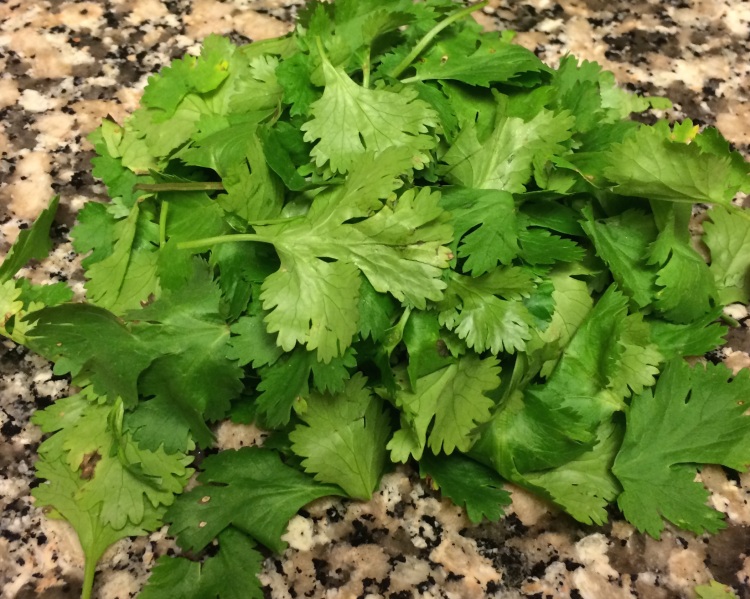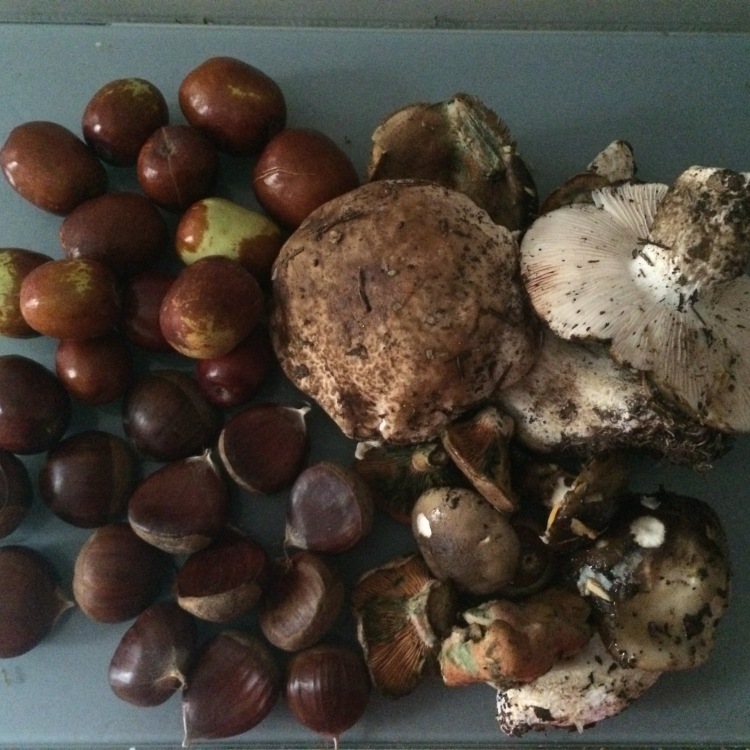This post is a week late because of a long weekend and a cold. Delivering something a bit later than planned is also an extremely Catalan experience (particularly when it comes to trains), so I think it’s sort of appropriate.
We have officially been here for a year now. Isn’t that crazy? It certainly doesn’t feel like a year to me, although looking back at the blog posts, photos and town maps that we have accumulated in the past 12 months the number of adventures we’ve had makes it easy to think that we have actually been here for longer.
Many of the things that seemed completely foreign to us when we arrived now seem common place. Of course you would not eat lunch before 2pm and all shops will be shut from 1:30pm until 5pm. Naturally you celebrate every religious, local or charity event with a parade through the streets featuring a marching band and some giants. And obviously you would not even consider eating any meal without bread, preferably bread that is rubbed with tomato.

Although we are now accustomed to a lot of these different, wonderful things that are a part of Catalan life, there are still many aspects that completely baffle, infuriate and/or delight me. Different features of everyday life that make me think, “isn’t it amazing/frustrating/confusing that in Catalonia…”. Here is my top twelve, compiled with much head scratching and smiling.
1. Doors are really heavy. They’re just really heavy! I’m not sure if it is to protect against the all-pervasive mestral wind, or whether Catalans simply have arm strength that I do not possess. All I know is that every day when I go to work I grunt when forcing open the front door.
2. Pharmacies are buildings of great beauty. It’s so strange. The front of pharmacies here are almost always emblazoned with ugly neon crosses, so they are easy to spot. But more often than not, the insides are modernist wonderlands, full of detailed painting and curved flourishes, making it much more enjoyable to buy your cold and flu medication.

3. Toilet paper is on the toilet roll holder only 10% of the time. This is without doubt the biggest mystery that exists in Catalonia in the present day. Why, oh why, does the toilet roll holder sit empty and alone while the toilet paper gallivants freely wherever it likes? On the window sill, on the sanitary bin, on the window sill, on top of other rolls of toilet paper. Are all toilets in Catalonia serviced by lazy housemates? Is it some kind of secret rebellion? I honestly have no idea, but it is a custom that has been very easily accepted in our house.

4. The majority of cafes and restaurants serve pretty much the same thing. It doesn’t matter really, if the restaurant is a burger joint, a pizza hut, an Indian takeaway or a sushi bar, you can be pretty sure that patatas bravas, calamar a la romana, jamon y queso and croquettes will also be available. And paella and/or fideua (like paella but noodles). I suppose that these types of foods are not eaten much at home, and so are staples whenever families go out to eat. Maybe like a chicken parma, or hot chips in Australia? But for us it has been incredible to see so many restaurants with identical menus, and even more astounding to see one restaurant empty and one fully booked! Lucky for us, Spanish food is still pretty delicious, so we are happily investigating this particular mystery.
5. Herbs are secretive. Asking for herbs at the local store is a bit like asking for drugs, and it took us eight months to discover the hidden world of fresh flavours. “¿Tienes cilantro?”, I ask hesitantly at the store near our house. “Si”, comes the whispered response, and the cashier nips around to the cool room, returning with a beautiful fresh bunch of coriander. Sometimes, if you’re lucky, it’s even free.

6. A turn around the block (una vuelta) is a legitimate activity. The afternoon stroll is a scheduled event here, particularly among the elderly and mums with babies. You can almost set your watch by it. The streets come alive again after the siesta, children playing, walking sticks clacking along the cobblestones and chatter filling the streets. Our favourite vuelta is along the river, or up to the nearby fort to watch the sunset. It’s actually pretty wonderful.
7. Standing around is also a legitimate activity. I think la crisis has had a lot to do with bringing this particular pass time into vogue. Higher unemployment means more people without things with which to busy themselves during the day. You can only sit in your apartment for so long, and so where do you go? The many plazas and squares of town of course. It was a bit disconcerting at first, seeing packs of men just standing around for hours, but now we are pretty much used to it.
8. Seasonality is delicious. Never have I experienced such a celebration of seasonality as we have had in the last year. The cycle of fruits and vegetables has been such a tasty learning experience. When we first arrived (and again now), the pomegranates were just finishing, making way for oranges, which are grown all around us. Artichokes, mushrooms and cauliflowers filled the shelves during winter, before strawberries came, bringing the first signs of spring. Summer started with tonnes of tomatoes, melons, cherries and berries, before autumn brought in chestnuts, walnuts and pumpkins once more. The calçots warrant their own festival in this part of the world, as do the cherries, the mandarins, and the olives. Maybe such clear changes in the palate would not be as noticeable in the cities, but here in Tortosa they are deliciously obvious.

9. There is no “inside voice”. Again, maybe this is a trait unique to the Ebro region where the wind demands to steal a percentage of your conversation, but people here have an amazing ability to yell. Chats that (from what I can gather) are about the football are often done at a decibel that, in Australia, would be considered an argument. Even as I type this our neighbours are shouting down to friends in the street, at a level that is not dissimilar to the loudness you would use when screaming for help. How’s the serenity…
10. Babies and children are everywhere and at anytime. We’ve seen newborns at concerts, at the beach, out for dinner and next to smoking grandparents. Children run rampant at restaurants, festivals and on our street most evenings, often after we have gone to bed. On the one hand I find this Catalan approach to parenting pretty terrifying, particularly for those poor baby ears and lungs that have not fully developed. But on the other hand, kids here are resilient and can speak at least two languages, so it can’t be hurting them too much. Plus, it is wonderfully liberating to see parents not changing their lives with the addition of a family member, and to see kids being included in activities that in Australia might be for grown-ups only.
11. Photos are taken everywhere, to celebrate anything. You walked up a hill? Take a group shot. You finished a conference? Timed selfie. You got a table at a restaurant? Seven photos together! This particular feature of Catalan communication does not seem to be limited to the young either. Last week a lady of 50 or so stopped me and asked if I could take her photo in front of the river. What followed was 10 minutes of her ordering me to take ‘otra’ (another) while she made minute changes in her position. Very strange.
12. Drinking is important, but being drunk is not. Alcohol is as important in Catalan culture as it is in Australia’s, but the approach to booze could not be more different. Whereas Australians often need many beers to have a good night, Catalans can party and chat for hours with only one or two. This has taken some getting used to, as we are often only comfortable at social events with drinks in our hands. What seems more important than the number of drinks you consume here, is the order in which you consume them. To start the day, or the afternoon, (depending on whether you are having a long lunch or a night out) you need a vermouth, or a beer. Ideally with a snack. Next, when preparing your meal or waiting for friends, a beer. With a meal you enjoy wine (local of course), finished with a glass of cava to accompany dessert. Finally, if the night is getting rowdy, a gin and tonic! A gauntlet of delicious drinks that, when taken over 6 hours, leaves you with no hangover at all.
Are there any explanations for these fabulous nuances? Do you have a favourite part of Catalan culture that you love/hate/can’t understand? Please, let me know below!
P.S. These little things that we’ve noticed are accompanied by a deep respect for such an old culture, and an appreciation for such an amazing opportunity to learn the languages, histories and traditions that exist in Catalonia, and in Spain. Living here has made me realise just how young Australia’s white culture is, and how flexible we are as a country in lots of ways. Many of the rituals performed here are older than the first English settlement in Sydney; the layers of tradition have evolved from centuries of influence from the north and south, from Europe and Africa. It’s amazing really, and although I’ve been learning and writing about this place for a year, I’ve barely scratched the surface.
P.P.S. After 52 “weeks”, I’m going to take a little break from writing about Catalonia for now, and will do some science instead. Thanks so much for reading!
Overall I agree with you. The only points I might raise are that the photos thing is truly universal. I’m overloaded with photos from everyone, everywhere in the world. But I think it’s the drinking element that’s the most poignant as the relative cost of drinking here in much higher than in say, the US or I assume AU. If a beer costs $15 USD I think people would nurse it a good deal longer too. But in general, with the exception of the British, the binge drinking phenomenon isn’t done in Europe.
-miquel
https://wineonsix.com
LikeLike
Hi Miquel, thanks for reading! Yes, I hear what you’re saying about the prevalence of photos these days, particularly after some beers. Although, most of the celebratory photos I’m been involved with so far don’t require any alcohol at all!
LikeLike
Oh Linden, this is by far the best article I have read for weeks. It makes me so happy to hear how much the two of you have embraced living there. It also secretly makes me super excited to move to my own little town full of strange and exciting traditions. Ahhh to spend my days trying to figure out what is happening around me, while also joyfully going along with it. Ohh and the seasonal produce of Tortosa – just like the way it should be! How delightful. And the secretive herb deals you are experiencing, while your rendition of it almost had me in tears, I think they may be onto something – good coriander is absolutely worth dealing. Can’t wait to curl up on the couch and read more of your past adventures, and to learn some incredibly interesting science through the new posts (already loved your post on the history of Australian climate for the 26th of January – your research amazes me. Keep being magnificent). Much love – x
LikeLike
Thank you wonderful woman!! I certainly hope that you plan to document your Delft adventures for me to enjoy as well!! xx
LikeLike